Lycopodium clavatum
A common soft clubmoss running along the forest floor
Lycopodium clavatum common clubmoss
This common evergreen clubmoss has a trailing habit and runs all over the forest floor. Stems are clustered, upright, soft green and covered with small, light green leaves.
Habitat & Range
Found in open woods, thickets, and fields; moist and well-drained wooded areas; occasionally bog edges.
Range is from eastern Canada south to Virginia and east toward Kentucky and Minnesota.
| EMP: | FAC |
|---|---|
| NCNE: | FAC |
Phenology
This clubmoss overwinters.
Characteristics
Horizontal stem near the surface; semi-arching or prostrate and creeping; branching and interlacing; often forms dense, large colonies; rooting at intervals; densely covered with leaves.
Upright stems 4 to 10 in. tall. Densely leafy; evergreen; clustered, branched 3 to 6 times, with the branches emerging mostly from the lower half of the stem; branches of various lengths.
Lateral branches similar to upright stems, but somewhat spreading, with conspicuous annual constrictions.
Leaves 1/3 in. long. Narrow, tapering upward to a think, colorless, bristle tip; edges smooth to toothed. Leaves usually spreading, sometimes ascending along upper portions of branches.
Strobilus 3 in. long. Strobili on branched peduncles 8-15 cm long, simple or forked, bearing one or more slender cones. Peduncles (stalks) covered with reduced, scattered leaves.
Sporophyll yellow-tan; with abrupt, hairlike tip; sides irregularly toothed.
Plant Codes
S-rank: S5 (Secure)
G-rank: G5 (Secure)
APG/Taxonomization Info
Discovered and named by Linnaeus, the epithet clavatum is from Latin clavatus meaning 'a gradual thickening toward the distal end' alluding to the club-shaped enlargement of the strobili.
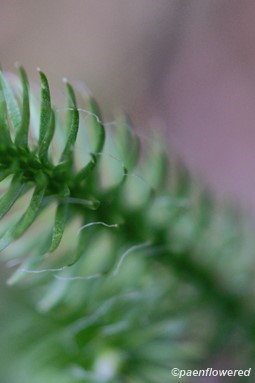
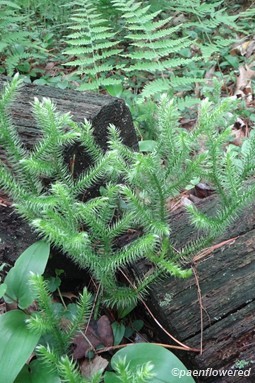
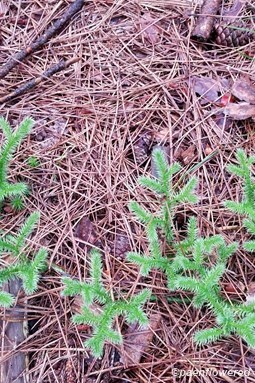
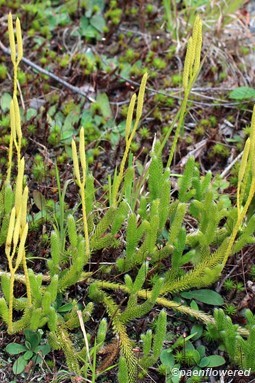
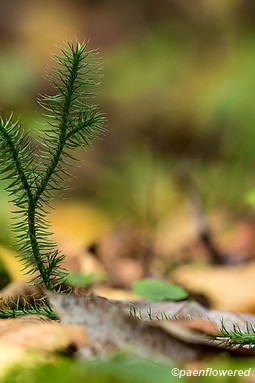
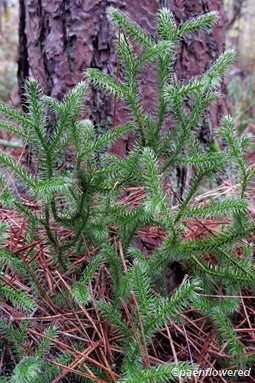

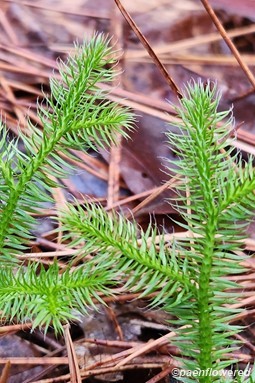
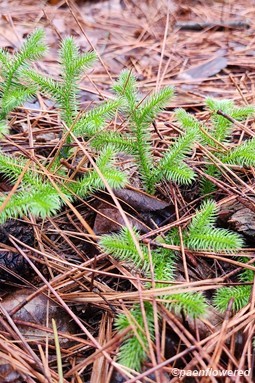


Comments
Have you spotted this plant in your area? We'd love to hear about your experience! Share your comments or questions about the plant below. Comments are moderated before posting.